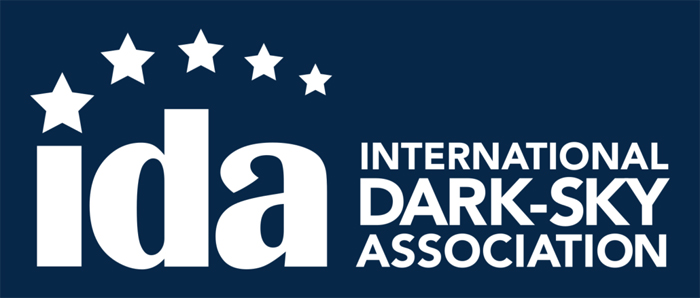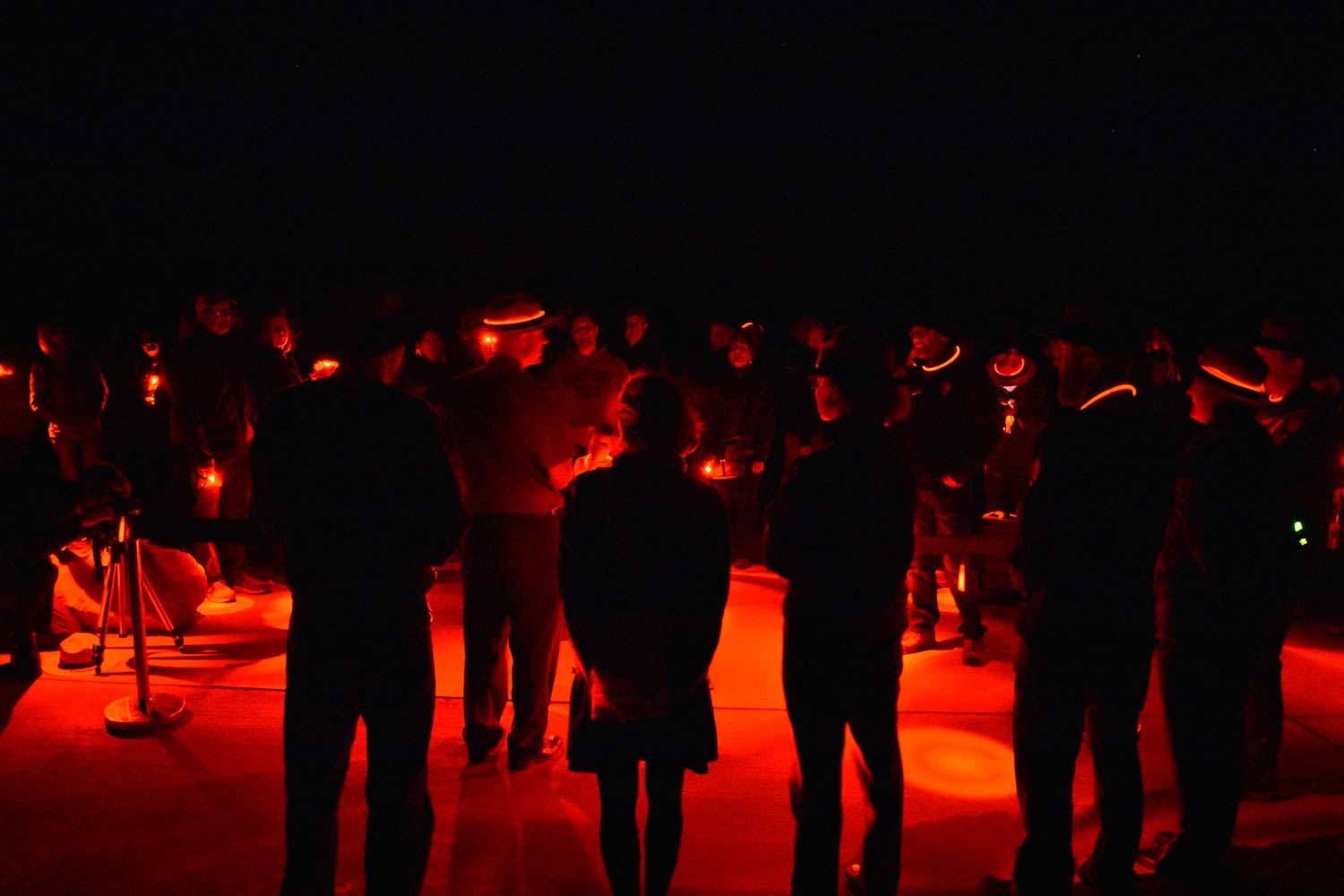Stargazing
The Wonder Continues After Dark
Few sights are as awe-inspiring as the night sky with the Milky Way arcing across a background of dazzling stars. The Colorado Plateau, which includes southeast Utah, has some of the darkest skies remaining in the U.S.
The Importance of Dark Skies
Dark night skies are more than a visual resource to enjoy. Natural darkness is an important aspect of many animals’ environment, often cueing behaviors such as navigation, mating, nesting, and eluding predators. Light pollution can also affect human circadian rhythms. Dark sky preservation helps mitigate these effects while also saving energy through more efficient use of lighting.
International Dark Sky Certification
The International Dark Sky Association recognizes and promotes excellent stewardship of the night sky. IDA has certified more than 120 International Dark Sky Places worldwide. This award-winning program encourages communities, parks, and protected areas around the world to preserve and protect dark sites through responsible lighting policies and public education.
These national parks, monuments, and a state park in the Moab area have demonstrated their commitment to preserving dark skies by earning International Dark Sky Park certification.

- In 2007, Natural Bridges National Monument was certified as the world’s first International Dark Sky Park.
- Hovenweep National Monument was certified in 2014.
- Canyonlands National Park earned its certification in 2015.
- In 2016, Dead Horse Point State Park became the first Utah state park to be certified.
- Arches National Park was designated as a International Dark Sky Park in 2019.
Stargazing Tips
Plan ahead
For the best stargazing, plan your visit around the time of a New Moon, or when the moon is below the horizon. The less moonlight, the more stars you are likely to see. Check the moon phases and sunrise and sunset times at DiscoverMoab.com/celestial-bodies.
Adjust to the dark
Give your eyes about 20-30 minutes to adjust to the dark.
Use a red light
A red light lessens the impact on your night vision. Many flashlights and headlamps have a red-light feature, or you can simply cover your white light with red cellophane.
Bring a star chart
A star chart or planisphere can help you find the constellations and the Milky Way.
Where to Stargaze
There are many places on public lands near Moab to view the stars. The farther you are from the lights of town, the darker the sky will be.
Arches National Park
On a clear night, you can see great stars just about anywhere in the park. Areas off the main park road with few obstructions of the sky are best. The farther north you drive away from the lights of Moab, the darker the sky will be. Arches offers night sky programs spring through fall. Check the Arches National Park calendar at NPS.gov for night sky events.
Suggested stargazing locations in Arches National Park are:
- Balanced Rock Picnic Area
- The Windows Section
- Garden of Eden Viewpoint
- Panorama Point
Moab Area
Sand Flats Recreation Area
You will need to purchase a 1 day pass for $5, or a 7 day pass for $10 to stargaze at Sand Flats. The Fins and Things parking lot is a good place to view the stars. Note that quiet hours start at 10 pm. Find out more at the Sand Flats Recreation Area website.
Bar M Area Trails parking area
From Moab, drive north on Highway 191 for about 8 miles (12.8 km). Look for the brown signs for Gemini Bridges and Bar M Area Trails. Turn right after the signs onto a gravel road heading to Bar M Area Trails. Very soon, turn right again after crossing a cattle guard. Drive past the first parking lot and go a total of .5 miles (.8 km) to a dirt road on the left. The bike path fence will be on your right at this point. Turn left and drive .25 miles (0.4 km) to the Bar M Area Trails parking area. Set up in a safe area away from possible vehicle traffic.
Deadhorse Point State Park
This is an active and accessible area to stargaze. If you visit to stargaze on your own, note that the park closes at 10 pm. Park staff routinely provide programs celebrating the night sky. Check the schedule on Utah.gov.
Canyonlands National Park
The utter dark of a moonless night in Canyonlands surprises many visitors. At Canyonlands, the naked eye is sufficient to witness a wealth of stars. Under the right conditions, common binoculars may even reveal the rings of Saturn.
Virtually anywhere in any of the three districts of the park is good for looking at the stars. Parkings area, pullouts, and campgrounds would all be excellent locations to observe the night sky.
Check the Canyonlands National Park calendar at NPS.gov for night sky events.
Natural Bridges National Monument
Natural Bridges has almost no light pollution, making it a great place to stargaze. Trails are open day and night and stargazing is allowed almost anywhere in the park.
During the spring and summer, rangers provide astronomy programs. Check the Natural Bridges National Monument calendar at NPS.gov for upcoming events.
Hovenweep National Monument
Stargazing is allowed only from the visitor center parking lot and campground.
Hovenweep rangers present stargazing programs in spring and summer. Check the Hovenweep National Monument calendar at NPS.gov for upcoming events.

Your purchases and donations support education and research on the public lands of Southeastern Utah!
Hello Night Sky!
9.95 (15% off for members)
Hovenweep Night Sky Poster
12.99 (15% off for members)
Night Sky Shadow Book
12.99 (15% off for members)
Night Sky with the Naked Eye
21.99 (15% off for members)
Planisphere Night Sky - LG
11.99 (15% off for members)





